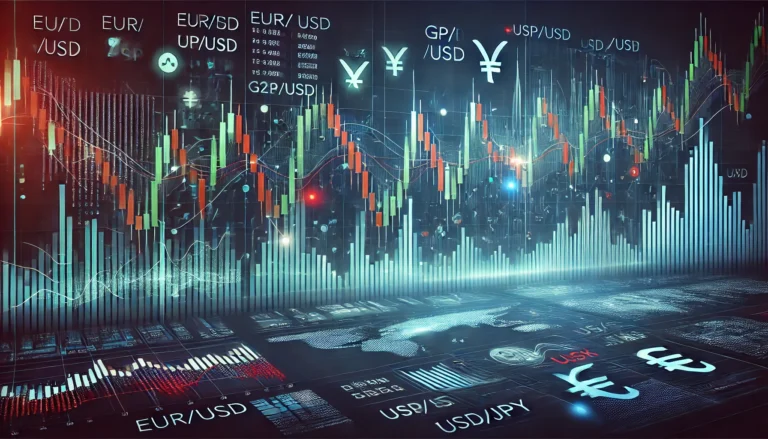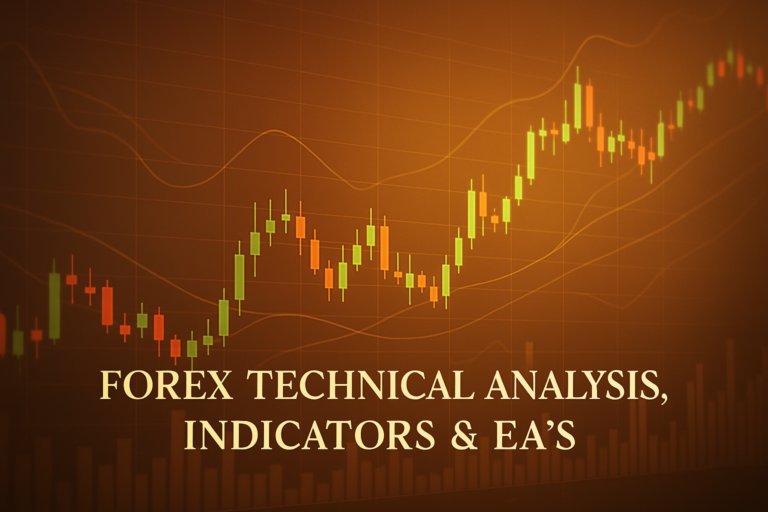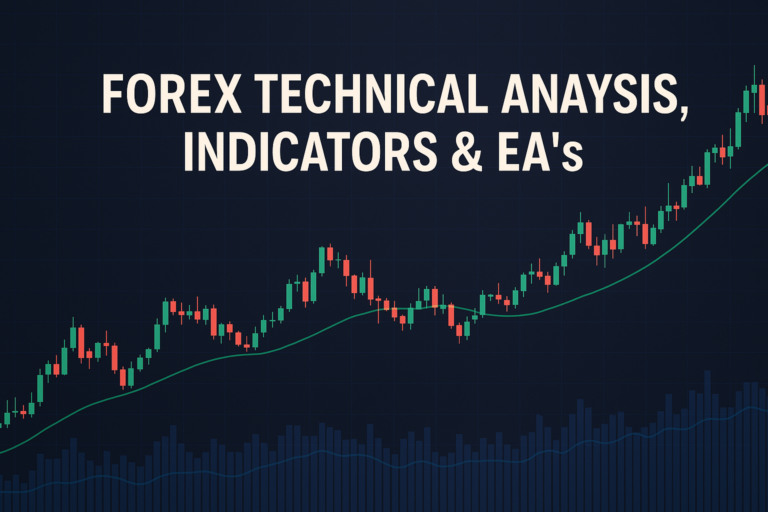
Pips trading is the key to understanding Forex trading and making informed decisions. Embrace it, and you will thrive!
In the vast world of Forex trading, one term stands out: pips trading. A pip is the smallest price move that a given exchange rate can make based on market convention. Understanding this concept is crucial for anyone stepping into the Forex arena. Many traders, whether they are just starting or have spent years in the game, often find themselves grappling with the intricacies of pips trading. The challenges can be overwhelming, but they can also be conquered.
Why do traders struggle? It’s simple. The Forex market is constantly changing, influenced by countless factors such as economic news, political events, and market sentiment. When traders don’t grasp the basics of pips trading, they risk making costly mistakes. However, with a little guidance, anyone can learn to navigate this complex landscape. By comprehending and applying the principles of pips trading, traders can significantly enhance their chances of success.
Understanding the Pips Trading
Pips trading is the backbone of Forex trading. A pip, or “percentage in point,” refers to the smallest increment of price movement in a currency pair. For most currency pairs, a pip is typically 0.0001, while for pairs involving the Japanese Yen, it is 0.01. Now, why does this matter? The fluctuations in pips can lead to significant profits or losses. For instance, if you buy a currency pair at 1.1500 and sell at 1.1550, you’ve made a gain of 50 pips.
This issue often arises from market volatility and economic factors. For example, if a significant economic report is released unexpectedly, it can cause quick and dramatic changes in currency values. Imagine you’re trading the Euro against the US Dollar. If an unexpected report shows that the Eurozone economy is thriving, the Euro might strengthen rapidly, causing a swift movement in pips. Traders who aren’t prepared can miss out on opportunities or face losses.
Pro’s and Con’s for Pips Trading
Understanding the pros and cons of pips trading is essential for any trader looking to thrive in Forex. Here’s a breakdown:
Pros of Pips Trading
- High Liquidity: The Forex market is highly liquid, meaning you can enter and exit trades quickly.
- Small Account Size: You don’t need a large account to start trading pips, making it accessible for beginners.
- Flexibility: You can trade pips at any time since the market operates 24/5.
Cons of Pips Trading
- Market Volatility: Rapid changes can lead to unexpected losses.
- Emotional Stress: The fast-paced nature of pips trading can be stressful, especially for beginners.
- Overtrading Risks: The allure of quick profits can lead traders to overtrade, increasing risks.
To mitigate the challenges of pips trading, here are some best practices:
- Stay Informed: Keep track of economic news and market trends that can affect currency values.
- Use Stop-Loss Orders: Protect your investments by setting stop-loss orders to limit potential losses.
- Practice with a Demo Account: Before diving into real trading, practice with a demo account to build your confidence.
Pro Tips & Warnings:
- Don’t Chase Losses: If you’re losing, take a step back and reassess your strategy.
- Set Realistic Goals: Aim for consistent small gains rather than trying to hit a big win all at once.
- Be Patient: Pips trading requires discipline and patience; don’t rush your decisions.
Frequently Asked Questions
What is a pip in Forex trading?
A pip is the smallest price increment in currency pairs. For most pairs, it represents a change of 0.0001. For example, if the EUR/USD pair moves from 1.1000 to 1.1001, that is a movement of 1 pip.
How do I calculate pips trading?
To calculate pips trading, subtract the entry price from the exit price. For instance, if you buy GBP/USD at 1.3000 and sell at 1.3050, you’ve made a profit of 50 pips.
Why is pips trading important for beginners?
Pips trading is crucial because it helps traders understand market movements. By learning how to read pips, beginners can make informed trading decisions and manage their risks better.
Can I trade pips on a small account?
Yes! Pips trading allows you to start with a smaller account size. Many brokers offer leveraged accounts, meaning you can control a larger position with a smaller investment.
How can I improve my pips trading strategy?
Improving your pips trading strategy comes down to education, practice, and discipline. Use demo accounts to practice strategies, stay updated with market news, and learn from your trading experiences.
Conclusion
Pips trading is a fundamental concept in Forex that can lead to great success if understood and applied correctly. By mastering this aspect, traders can navigate the market more effectively. Remember, the journey in Forex trading is ongoing, and staying informed is key to improving your strategies.
Trading can be challenging, but with dedication and the right knowledge, you can master the art of pips trading. Keep learning and growing!
Recommended Next Steps
Now that you understand pips trading, here are some steps you can take to deepen your knowledge:
- Read Forex trading books that focus on pips trading strategies.
- Join online forums or communities where you can discuss and learn about Forex trading.
- Practice with a demo trading account to apply your knowledge without risk.
- Stay updated with economic calendars to anticipate market movements.
For more insights into Forex trading, check out Investopedia and Forex.com.
Expand Your Knowledge
- 📌 Forex Trading Learning Road Map
- 📌 Forex Trading Course with no Fees
- 📌 Forex Trading Issues, Problems, and Solutions
- 📌 Forex Daily Forecast & Live Updates
- 📌 Forex Fundamental & News Analysis: Tomorrow’s Market Movers & Trade Opportunities
- 📌 Forex Education Hub: Learn & Profit
- 📌 Forex Technical Analysis, Indicators & EA’s
Start Trading Today
Ready to take your forex trading to the next level? Open an account with Exness, one of the most trusted platforms in the industry. 👉 Sign Up Now and start trading with confidence!
Exness stands out with ultra-low spreads for mini traders, instant withdrawals, and zero spread accounts for pro traders. Trusted since 2008, Exness offers lightning-fast execution, no hidden fees, and a secure, transparent trading environment—giving you the edge you need to succeed. 🚀 Join now and trade smarter!
Watch this helpful video to better understand pips trading:
Note: The video above is embedded from YouTube and is the property of its original creator. We do not own or take responsibility for the content or opinions expressed in the video.
In this section, you will learn about essential concepts in Forex trading, specifically focusing on pips, PayPal, and how to read currency pair codes. To start with, a pip, which stands for “percentage in point,” is a unit of measurement for the change in value between two currencies in a pair. It is crucial for traders to understand how to calculate pips because it indicates the price movement of currency pairs. Generally, for most currency pairs, a pip is represented by the fourth decimal place. For example, if the Euro (EUR) against the US Dollar (USD) moves from 1.3500 to 1.3505, the change is measured by looking at the fourth decimal place, which shows an increase of five pips. To find the difference, you simply subtract the two numbers. Knowing how to track these changes is vital for making informed trading decisions.
When it comes to yen pairs, such as the dollar against the Japanese yen, the pip value is found at the second decimal place instead of the fourth. For instance, if the dollar/yen moves from 100.10 to 100.15, you would look at the second decimal place to find that this is a movement of five pips. Additionally, for more precise measurements, there are pipettes, which are fractional pips that represent 1/10th of a pip. In most currency pairs, pipettes can be found at the fifth decimal place, while for yen pairs, it is at the third decimal place. For example, if the Euro/USD moves from 1.35005 to 1.35057, the change includes an increase of 5.2 pips. Understanding pips and pipettes is fundamental for Forex traders, as it helps them assess market movements, manage risks, and make strategic decisions in their trading activities. Overall, mastering these concepts will significantly enhance your trading experience in the Forex market.





